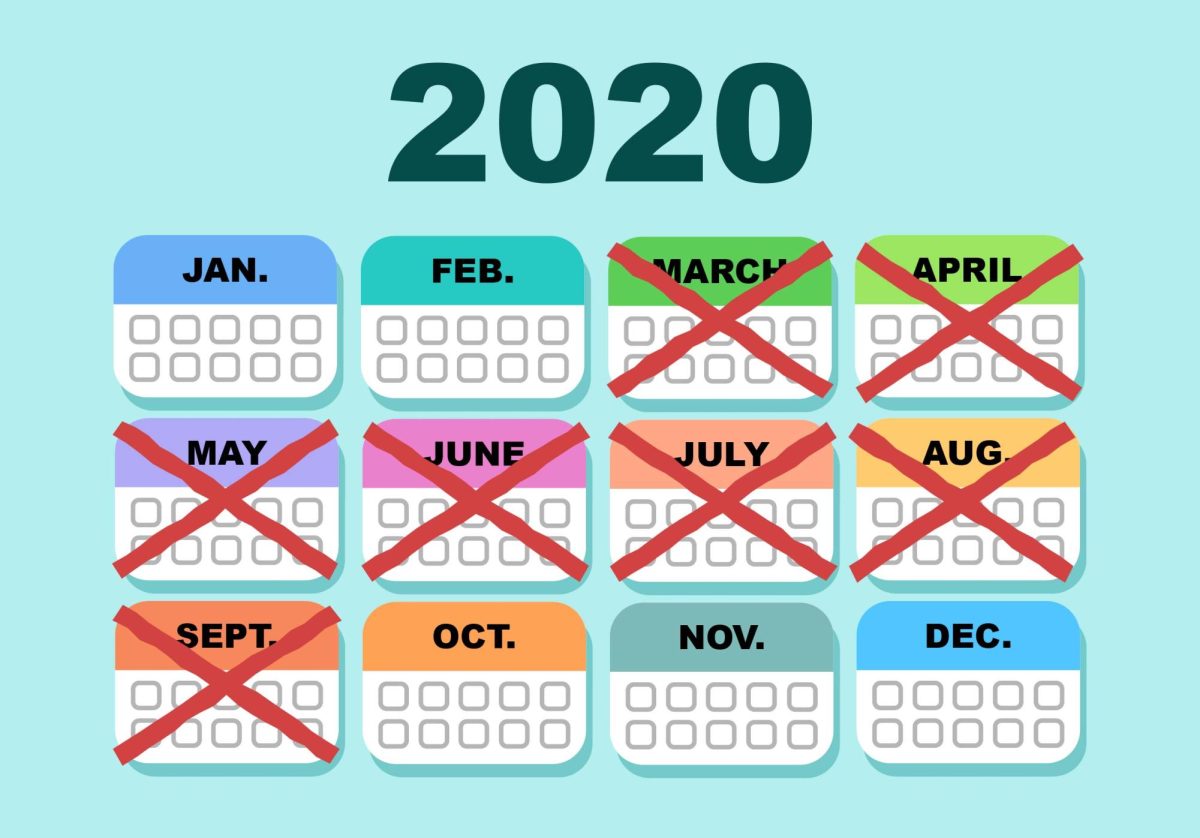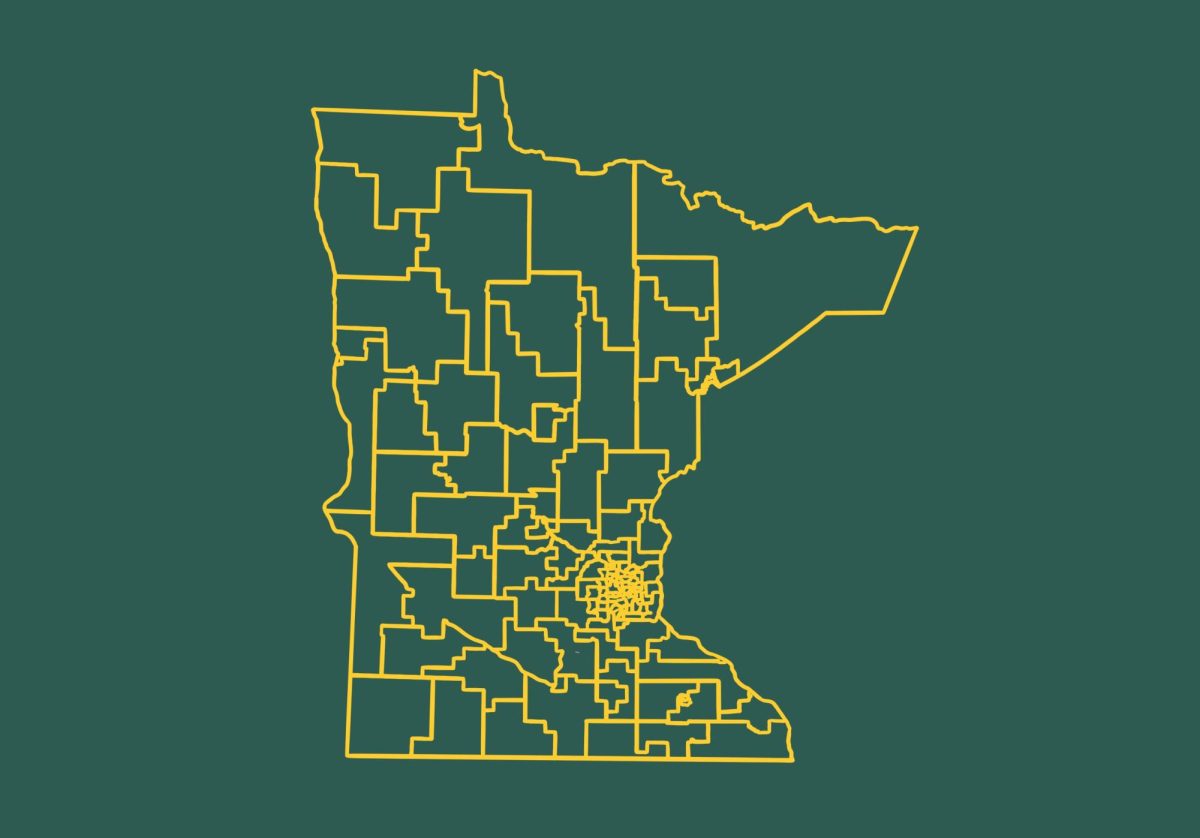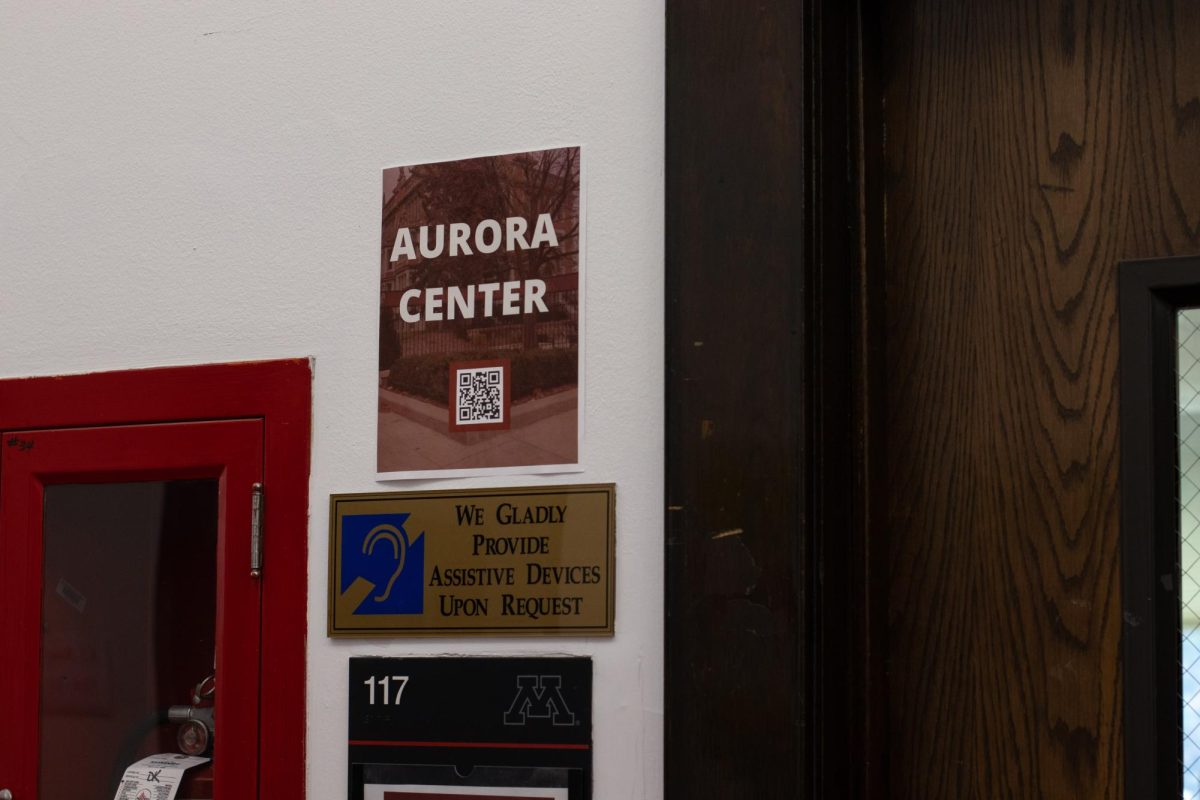“Right now, there is a huge growth pressure in the city of Minneapolis and the entire region. Folks are coming and they need places to live. If we don’t make space for them, they are going to go where they can afford a place,” says Janne Flisrand, an activist for the advocacy group Neighbors for More Neighbors.
The latest draft of Minneapolis 2040, the City’s comprehensive plan, is a step in the right direction on the central issue of growing housing while ensuring it stays affordable. Its endorsement of density and triplexes, while not the complete solution to the affordable housing crisis, helps ensure Minneapolis continues to provide affordable housing options to all of its residents. Everyone in Minneapolis deserves a home.
There isn’t much open space left in Minneapolis. Hemmed in by its suburbs and its older brother, St. Paul, the City has stayed its current land size since 1927. It doesn’t have vacant industrial land ready for development like St. Paul’s former Ford Assembly Plant or Chicago’s Lincoln Yards and Southbank sites. It can’t pull a Boston and fill in some ocean, either.
Yet, Minneapolis keeps growing. Its population has grown 8 percent from 2010 to 2016, faster than Midwestern mainstays such as St. Louis, Cleveland and Detroit.
So what’s happened? How has the number of people grown while the city remains the same size? The city has densified. Developers have been building taller and more compact structures, allowing for more people to live in a smaller area. But this densification has not kept up with the growth of the city. As a result, housing costs have continued to balloon in Minneapolis, making many neighborhoods unaffordable for renters and potential homeowners.
In many of the city’s most popular and opportunity-rich neighborhoods, like those in Southwest Minneapolis, the zoning has kept neighborhoods to primarily single-family homes. Without a sudden increase in family size, the population of the neighborhood remains the same, based off the static supply of homes. With the sudden increase in demand Minneapolis has seen, the prices of these neighborhoods have shot up, putting them out of reach for many.
The current draft of the plan would open up these neighborhoods to more residents by allowing buildings with up to three units to be built almost anywhere in the city, even if two-thirds of the city is currently zoned to only allow single family homes or duplexes.
Looking at Minneapolis’ past, the proposal really isn’t that radical, either. Much of the city’s finest building stock is triplexes and small apartment buildings built in the 1930s and 1970s before downzoning made them impossible to build.
Now, under our current zoning, much of them are non-conforming and if knocked down, could only be replaced with a house or duplex. These kinds of multifamily living are more affordable than single family homes and allows people and families to live in neighborhoods they normally couldn’t afford. These kinds of smaller developments, enabled by the new comprehensive plan, can provide the missing middle of housing our city needs.
Chicago is known for its thousands of 1930s-era two-flats, and Boston for its iconic three-decker home. Each style of home provided affordable options to growing cities. With its new comprehensive plan, Minneapolis has the potential to add a new, modern entry to the vernacular of American architecture. Housing is a human right. The way we develop our city should account for that.













